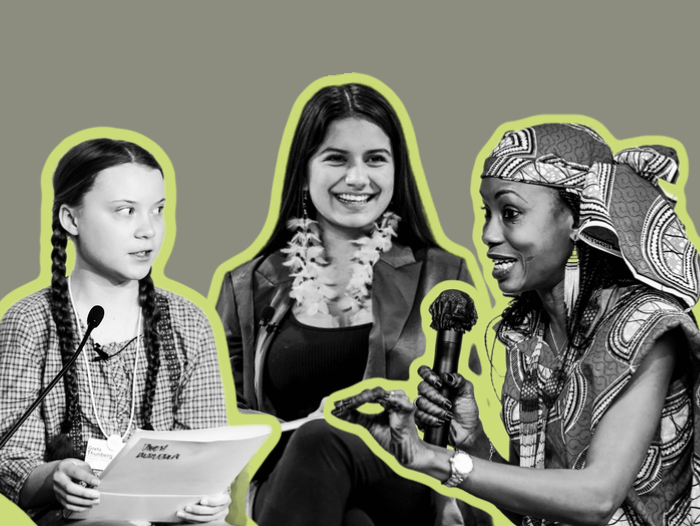
Between the wildfires in Hawaii and the flooding in Libya, the effects of climate change are being felt all over the world – making it increasingly more challenging to ignore the current climate emergency. And yet, many people do ignore it – data from the Pew Research Center shows that in the U.S., 14 percent of people believe climate change is a hoax. Such negligence can be disheartening, especially for those already being displaced by disasters. As the situation worsens, many wonder, is anyone doing anything about this?
Answer: yes. The following 10 women are regarded as leaders of the environmental movement because they took action and spoke up about protecting the Earth – despite some receiving negative attention for it. From Margaret Thomas Murie helping to define wilderness areas in the 1950s to Greta Thunberg protesting outside Swedish Parliament in 2018, all these women are a refreshing reminder that there are, and have always been, people who care about the environment and are willing to stand up for it.

Credit: Wikimedia Commons
Margaret Thomas Murie
A naturalist, conservationist and writer, Margaret Thomas Murie is widely regarded as the “Grandmother of the Conservation Movement.” This is because she – with the help of her husband, Olaus, and Supreme Court Justice William O. Douglas – convinced President Dwight Eisenhower to set aside 8 million acres as the Arctic National Wildlife Refuge in 1956. Murie also used her research and influence to help pass the Wilderness Act, which officially defined wilderness areas and today protects over 100 million acres of land. Murie’s legacy is helpful in fighting climate change today because conservation increases carbon sequestration, reduces greenhouse gas emissions and helps landscapes and wildlife build resilience to the changing climate, according to The Conservation Fund.
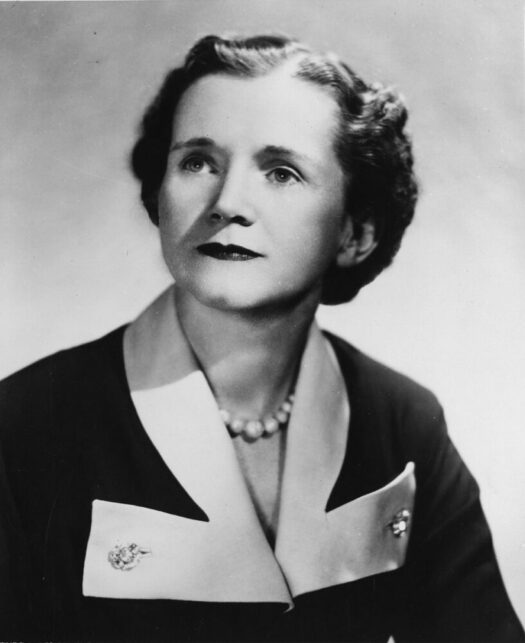
Credit: Wikimedia Commons
Rachel Carson
Rachel Carson was a marine biologist, conservationist and climate advocate ahead of her time. Her 1962 book “Silent Spring” is regarded as one of the most controversial books of the 20th century for its evaluation of the environmental impact of pesticides, as she asked hard questions about what rights we have as humans to harm the environment for our own profit. Her groundbreaking research was a spark that ignited the global climate movement and is still praised by climate activists and scholars today. But as a woman scientist, she didn’t receive as much recognition in her lifetime. The backlash she faced for her work is eerily reminiscent of the attacks we see against climate scientists – especially women – today.
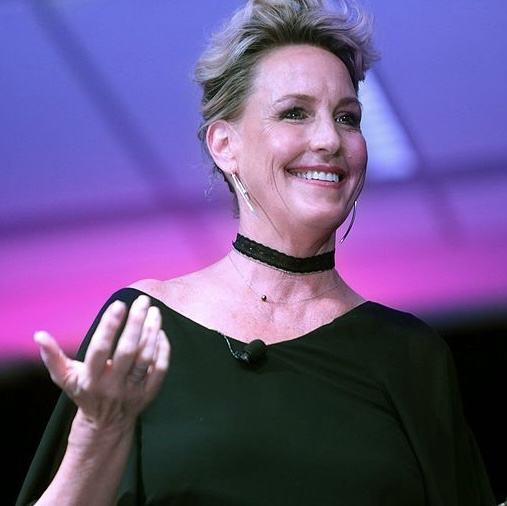
Credit: Wikimedia Commons
Erin Brockovich
Erin Brockovich had no formal law education, yet she was instrumental in building a successful case against Pacific Gas & Electric Company for groundwater contamination in 1993. After noticing widespread, unexplained illness in her town of Hinkley, California, the paralegal took it upon herself to spearhead a lawsuit against PG&E on behalf of the countless people who were being unknowingly exposed to toxic waste. This case, which was settled in 1996 for $333 million, inspired her to pursue more anti-pollution lawsuits and secured her place as one of the country’s leading climate advocates. She uses her platform to speak publicly about how climate change needs to be a priority, and in 2020 wrote an op-ed for CNN advocating for the National Environmental Protection Act. She also wrote a book about the water crisis called “Superman’s Not Coming” in 2021. And of course, Hollywood made an Oscar-winning movie about her battle with PG&E, with Julia Roberts portraying Brockovich.
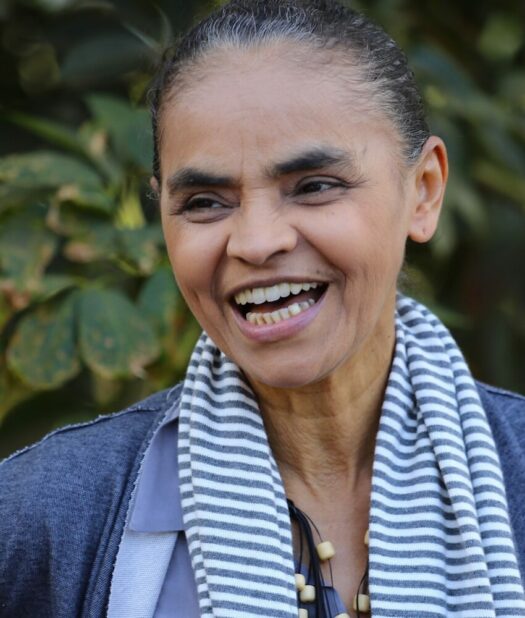
Credit: Wikimedia Commons
Marina Silva
Marina Silva grew up near the Amazon rainforest in a family of poverty-stricken rubber tappers. When she was a teenager, bulldozers arrived near her village to construct a highway – the fumes for which brought an epidemic of diseases. While she survived hepatitis, metal poisoning and five cases of malaria, she lost her two sisters and her mother – making her an orphan in 1974 at age 16. This tragedy shaped the course of her life, as she grew up to be an environmental activist and politician. In 1994, Silva was the first rubber tapper ever elected to Brazil’s Federal Senate. And in 2003, she was appointed as Brazil’s environment minister by President Luiz Inácio Lula da Silva – a post she still holds today. Thanks to her policies and her creation of a two-million-hectare reserve, she has been credited for reducing deforestation in the Amazon by 70 percent.
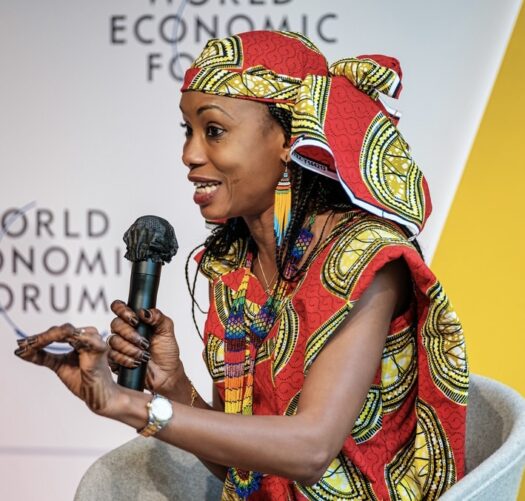
Credit: World Economic Forum, Flickr
Hindou Oumarou Ibrahim
Hindou Oumarou Ibrahim is a geographer and environmental activist from the Mbororo community – an indigenous group of cattle farmers – in Chad. She is known for her advocacy for indigenous people’s protection from the disastrous effects of climate change, as well as their inclusion in decision-making when it comes to climate change action. Ibrahim travels to meet with indigenous groups all over Africa and brings her findings to the United Nations Permanent Forum for Indigenous Issues, where she is a key member. She successfully advocated for recognition of indigenous people’s rights in the 2015 Paris Agreement, and was invited to speak at the signing ceremony of the accords. In 2019, she received the Pritzker Emerging Environmental Genius Award, which the UCLA Institute of the Environment and Sustainability grants annually to environmental leaders each year.
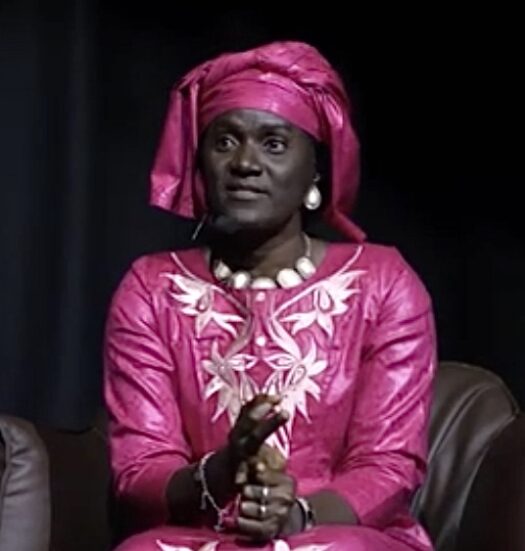
Credit: The Arbor School Dubai, YouTube screenshot
Isatou Ceesay
Isatou Ceesay, a native of the Gambia, is popularly regarded as the “Queen of Recycling.” Her environmental work began in the late 1990s, when she noticed an unsettling buildup of plastic bags in her community, harming the livestock and polluting the air when burned. As a solution, she initiated a recycling movement called “One Plastic Bag,” which aims to teach Gambian women how to recycle plastic bags into purses they can then sell. This helps them fight back against plastic pollution while also working toward financial independence. In 2009, this movement blossomed into Women’s Initiative Gambia, which initiates environmentally friendly projects such as creating alternative cooking fuels that don’t cause air pollution or deforestation. There is even a children’s book about Ceesay’s achievements, called “One Plastic Bag: Isatou Ceesay and the Recycling Women of the Gambia.”
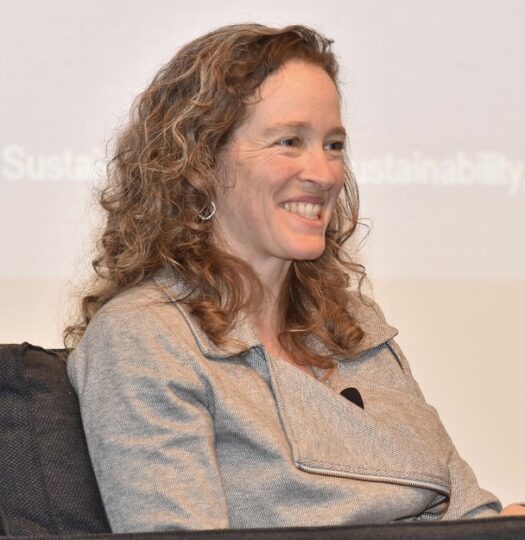
Credit: Emmett Institute, Flickr
Julia Olson
In August, a court ruled in favor of young climate activists who sued the state of Montana for not taking sufficient action to fight climate change. Julia Olson is the founder of the law firm that brought the suit, Our Children’s Trust. Olson started her legal career representing grassroots conservation groups, but was inspired to represent children after becoming a mother. She founded the Our Children’s Trust in 2010 to help youth advocate for themselves as the effects of climate change threaten their futures. She is also the environmental lawyer leading Juliana v. United States of America, a similar case of 21 young people suing the U.S. government for climate change negligence. The case was filed back in 2015 – the first case of its kind in the U.S. – but was only permitted to proceed to trial in June of this year.
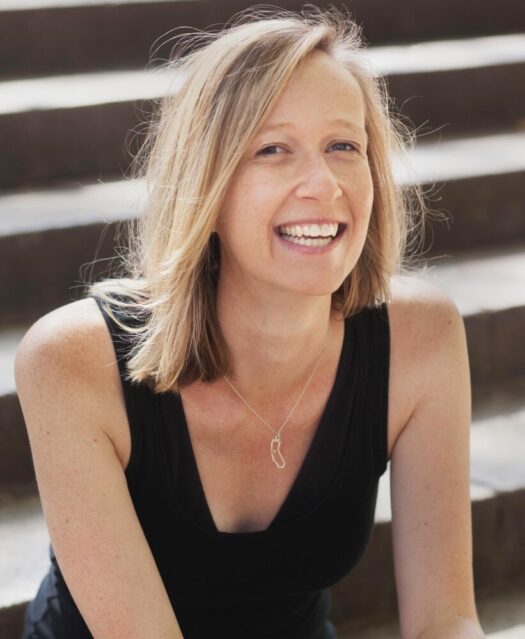
Credit: Wikimedia Commons
Kate Marvel
Kate Marvel, a climate scientist and science writer from the climate solutions organization Project Drawdown, is here to set the record straight about climate change. Disinformation has always weighed down on the climate movement, but more so now, with social media completely changing the worldwide flow of information. To battle disinformation, Marvel frequently interacts with the public through social media posts, podcast appearances and her 2017 TED Talk in which she talked about the relationship between clouds and climate. Her writing was featured in the 2020 book “All We Can Save,” which highlights climate “truth, courage and solutions.” By breaking down the science behind climate for her audience, she aims to help people understand how human activity has altered the environment and how we can prevent further damage.
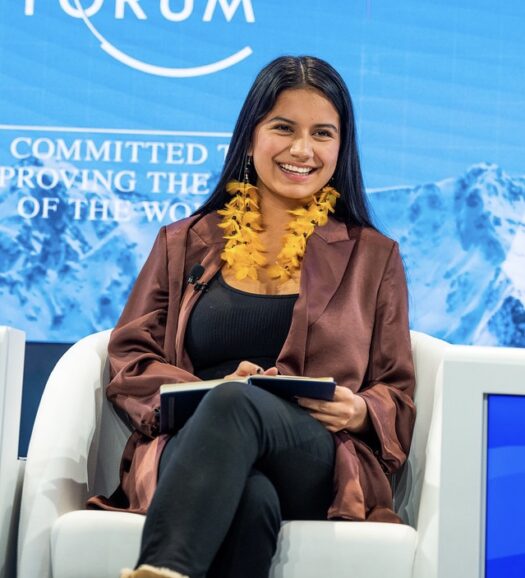
Credit: World Economic Forum, Flickr
Helena Gualinga
Helena Gualinga is a 21-year-old Ecuadorian environmental and human rights activist who has witnessed from a young age the effects of climate change in her indigenous Kichwa Sarayaku community in the Amazon, and how big oil companies have exacerbated environmental damage. At age 18, she co-founded an organization called Polluters Out, which demands that the fossil fuel industry be held accountable for its contribution to the climate crisis. Earlier this year, she and three other activists personally delivered a “cease and desist” letter to oil and gas CEOs at the World Economic Forum in Switzerland. A documentary about her life and activism called “Helena Sarayaku Manta” premiered at the Environmental Film Festival in Washington, D.C., last year.
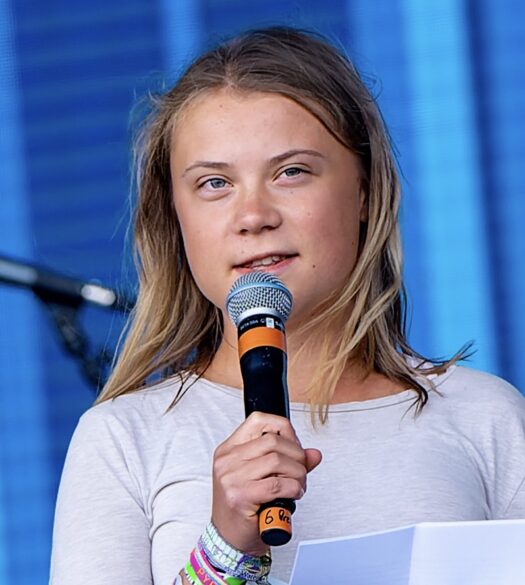
Credit: World Economic Forum, Flickr
Greta Thunberg
Perhaps one of the most recognized women climate activists in the world, Greta Thunberg first got people’s attention in 2018 when she began skipping school on Fridays to protest outside Swedish Parliament with a sign that read “School strike for climate.” The then-15-year-old went viral on social media and influenced millions of young people all over the world to join her in calling out governments and businesses for laissez-faire attitudes toward climate change. This movement, now known as Fridays for Future, has been named the United Nations Environment Programme Champion of the Earth – the organization’s highest recognition. Today, Thunberg is the youngest individual ever named Person of the Year by Time Magazine, and has been nominated not once, but twice for the Nobel Peace Prize.


